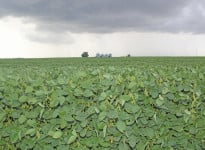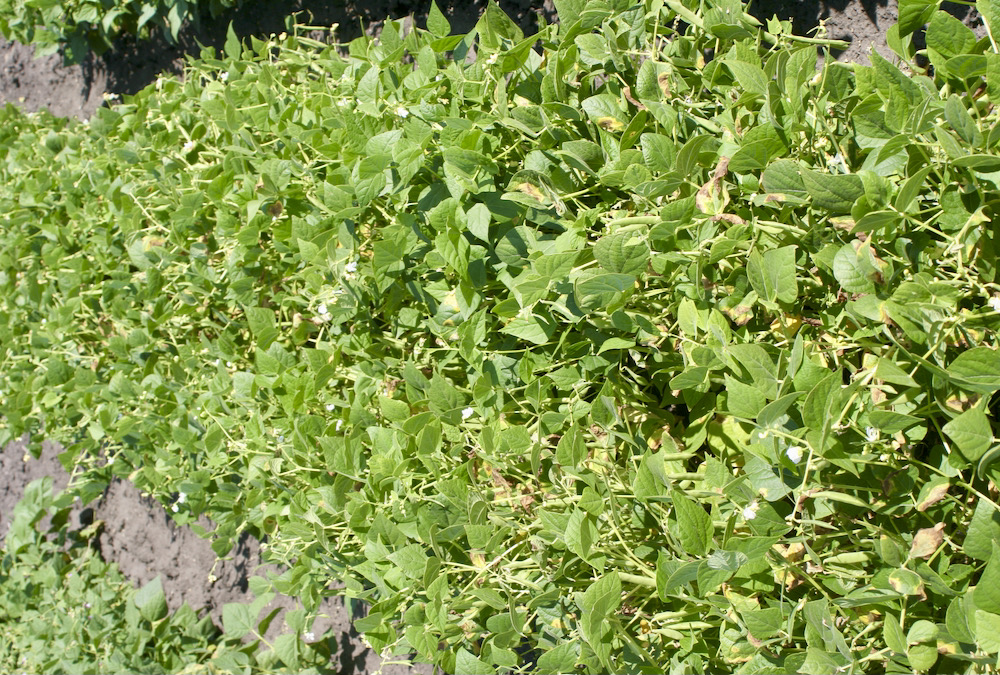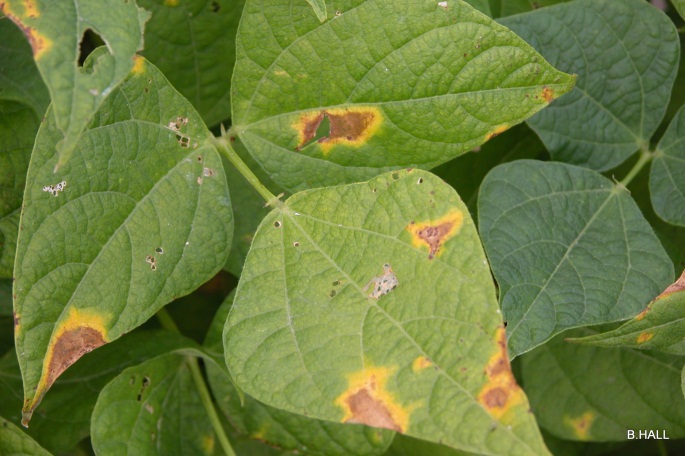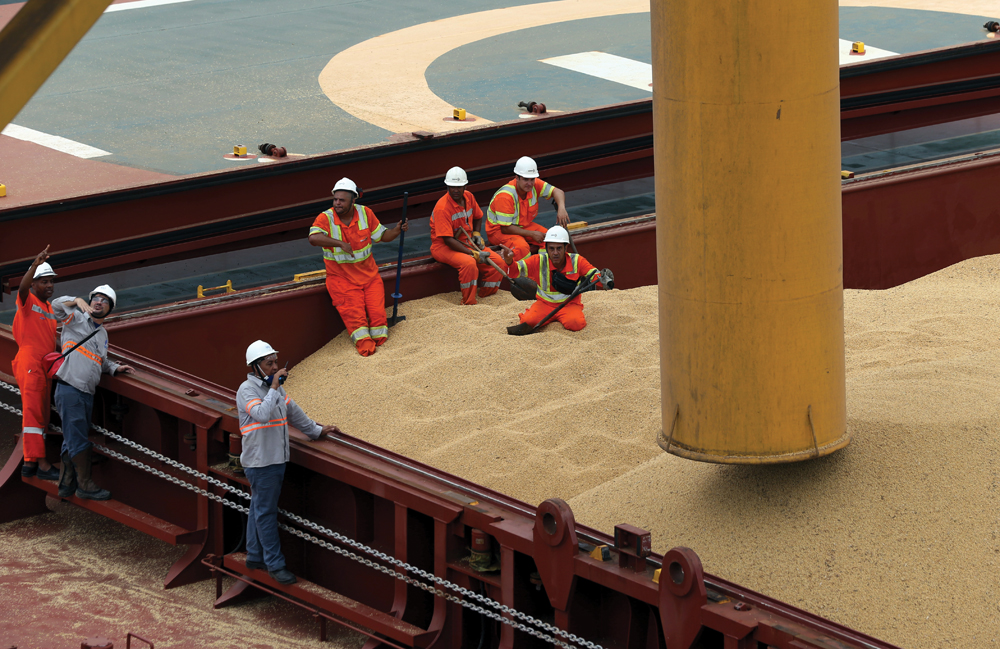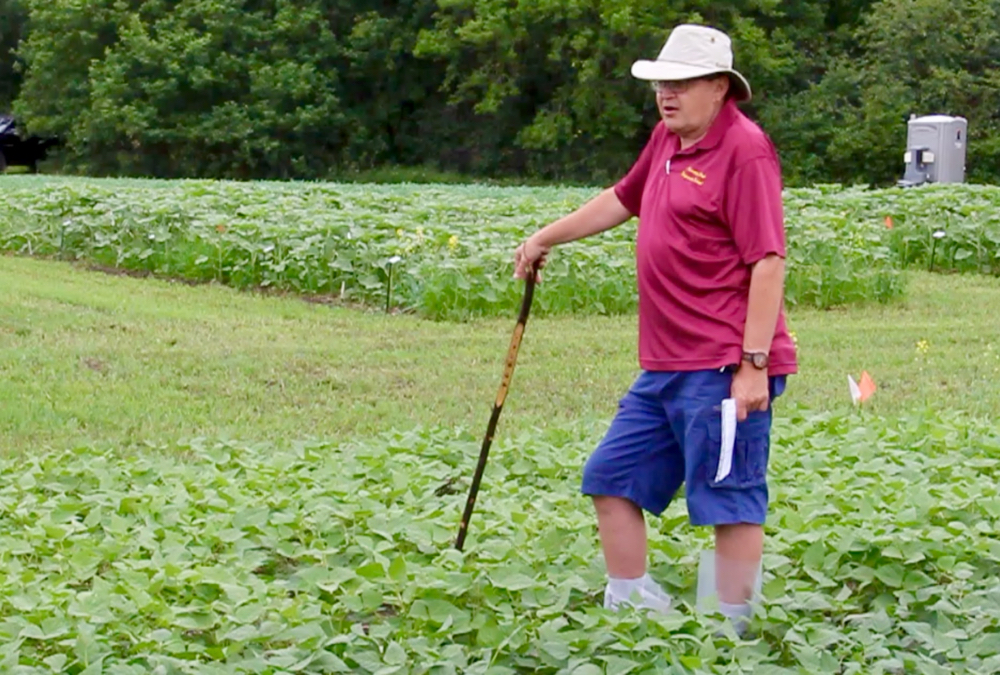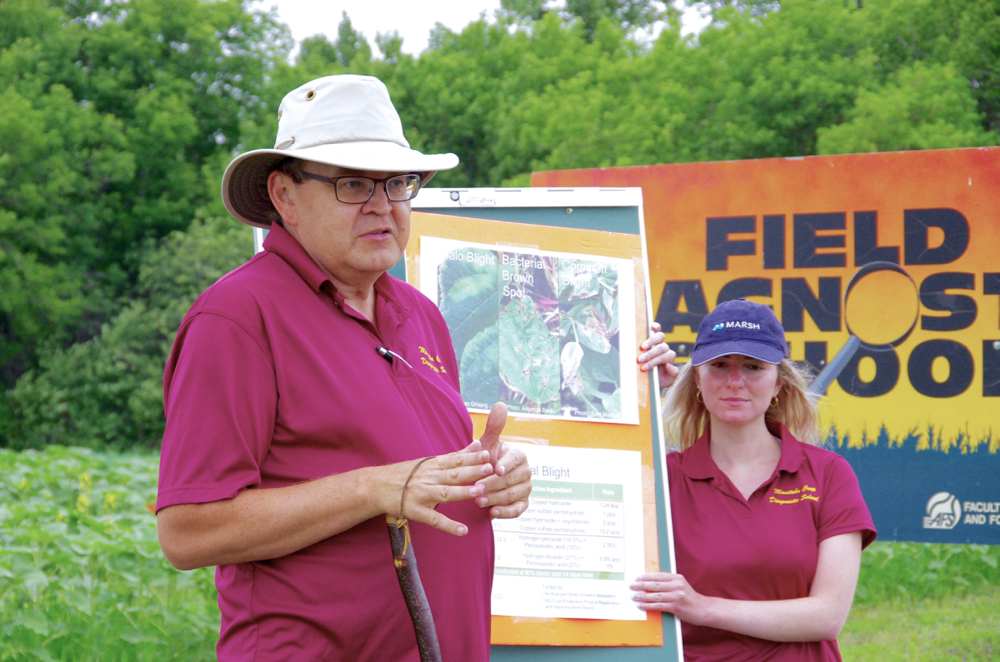Through large-scale surveys and analytical work, Brandon University hopes to shed more light on soybean diseases
With more soybeans appearing in more places around the province, Brandon University (BU) has set out to learn more about the potential roadblocks for growers.
This summer the university, in partnership with Manitoba Pulse and Soybean Growers (MPSG) and Manitoba Agriculture, will begin a three-year study to gain more knowledge of soybean diseases, in particular foliar diseases that invade the leaves of the infected plants, such as downy mildew and bacterial blight.
“Prevention is always the first and foremost measure for disease control,” said Bryan Cassone, project lead and assistant professor in the biology department at BU. “However, this is only possible if we know what is infecting our fields and can develop early diagnostic tools and control strategies, which vary dramatically based on the type of pathogen. The reason why many disease outbreaks occur is a lack of this knowledge.”
Read Also
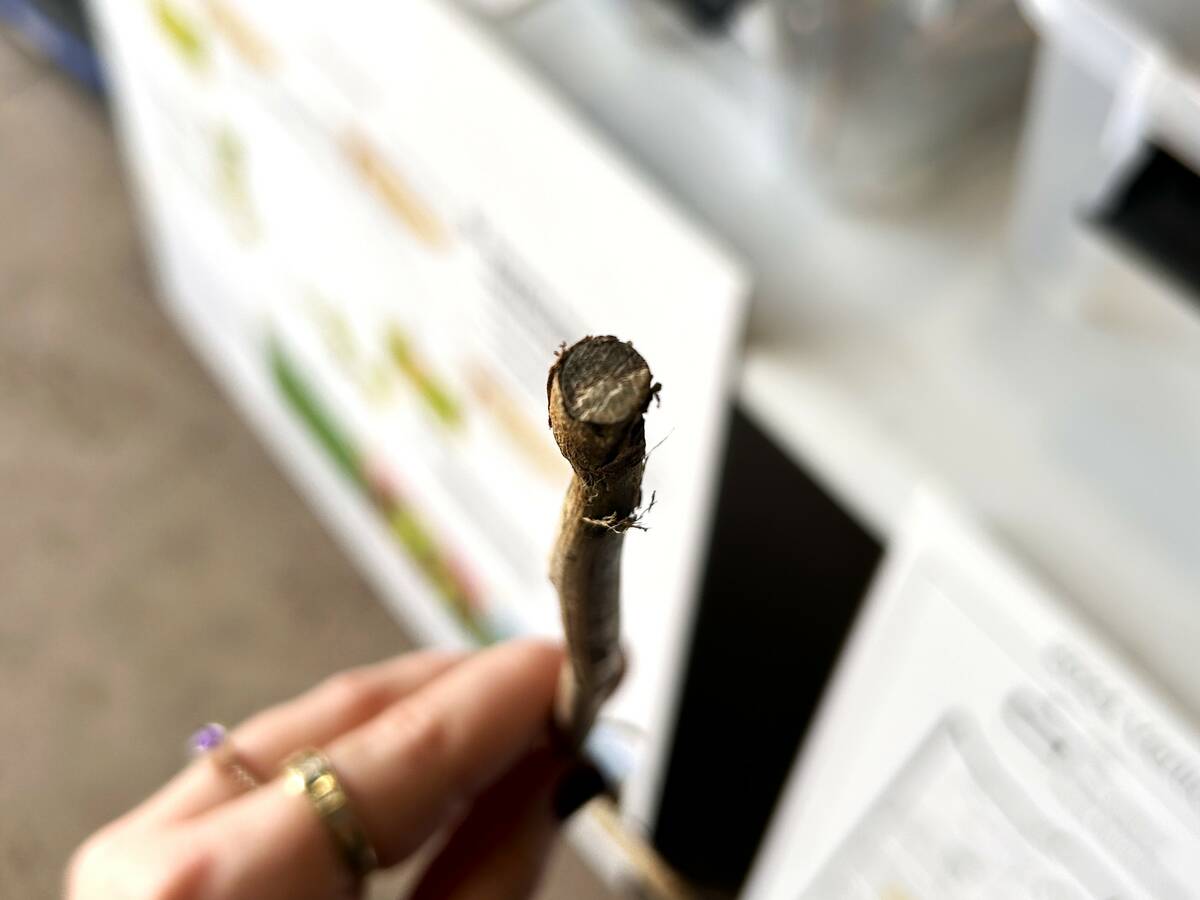
Manitoba canola embattled by verticillium
Verticillium stripe pressure has been growing in Manitoba, and canola farmers still have precious few tools to protect their crop from the disease.
MPSG is the primary funder for the project, providing $112,509 over three years and, along with Manitoba Agriculture, will be involved in collection of field data.
“This is quite a significant project for us and we are excited at the potential it has to reap some benefits for growers,” said Kristen Podolsky, production specialist with MPSG. “The information from this study will be invaluable in terms of us being able to be proactive. It can be difficult to develop a management strategy for farmers when a disease is already set into a crop. So, this way we are being proactive in trying to identify diseases that are present right now at very low levels, which will give us some time to develop a strategy on how we can manage it and then get that message out to growers.”
Podolsky says MPSG is excited for its first collaboration with BU and especially the partnership with Cassone.
“This is a first for us in terms of collaboration on a research project, we haven’t worked with BU too extensively in the past so we are happy to open that relationship and Dr. Cassone has previous experience studying soybeans and coming from Ohio, he has experience with diseases that we haven’t encountered yet in Manitoba.”
Cassone joined the BU’s biology department last year and comes from Ohio State University where he conducted his post-doctoral research on soybeans.
“Before I moved to Manitoba last September, I spent four years working on soybean. I know growers place an emphasis on preventive research, and I also know that soybean production has exploded in the province over the last few years,” Cassone said.
Baseline data
The goal of this research project is to build the data ‘foundation’ that can be used in the future to determine which diseases pose the greatest risk to future Manitoba soybean yields.
“Once a thorough ‘disease library’ has been generated, the data can be used to develop more cost-effective tools that are suitable for mainstream use,” Cassone said.
Researchers will genetically analyze whole fields of soybean plants in search of distinctive DNA markers of disease.
“We are in a fairly good position so far in Manitoba in terms of soybean diseases, in that we don’t have any diseases that really stand out or are yield limiting yet,” Podolsky said. “White mould would probably be the No. 1 disease in soybeans right now but fortunately soybeans are a lot more tolerant than a lot of our other broadleaf crops. And, white mould is a disease that growers are fairly familiar with because they are already managing it in their canola, sunflowers and other broadleaf crops.”
Two full surveys of at least 50 Manitoba soybean fields will be carried out.
“This will be a two-stage survey, so we are doing 50 fields in June and 50 fields in August. In June it is an early detection of diseases and in June we will also be able to quantify the occurrence of root rot, which is also the primary disease that is impacting soybeans. Later in August we will be looking at the foliar disease,” Podolsky said.
In each field, researchers will pluck a single leaf from every plant, preserve it and return to the lab where it will be fully sequenced.
DNA mapping
Cassone says this process will tease out DNA from any kind of disease that the plant could be harbouring.
“We go through multiple stages of ‘DNA work’ before we generate the data – literally hundreds of millions of pieces of DNA from the plant and the pathogens. These are pieced together for each plant like a giant DNA puzzle,” Cassone said. “The whole process will take three months or so. However, the silver lining for future disease surveillance is with these giant DNA puzzles now solved, we can easily develop sensitive diagnostic tools.”
Cassone says that not only does this research have the potential to better outline known soybean diseases but may also shed some light on diseases that have never been detected in Manitoba.
“I think that what is unique about this survey is that it is going to take our knowledge to the next level and help us identify diseases that could be misdiagnosed currently or aren’t being identified because we don’t have any visual symptoms at the time that we would normally be looking,” Podolsky said.
Research findings will also help in developing models to predict when and where diseases could strike, leading to reduced spraying requirements for producers.
“Typically the pathogen will invade the plant before symptoms develop. Certainly if the disease is caught early enough it can influence the spraying regimes used by growers,” Cassone said.
In the future, researchers will look to combine information about the number and type of pathogens with information on environmental factors, like temperature and humidity, to create computer models that can zero in on regions in Manitoba that are more susceptible to a given disease in a given year.
“We are trying to be proactive so that we can sustain in our industry and continue to grow it in a way that we can understand the diseases, how they impact yield and then deliver the message to growers on how we can manage that and prevent yield loss, so we can continue to see soybean acres grow and continue to be profitable,” Podolsky said.
